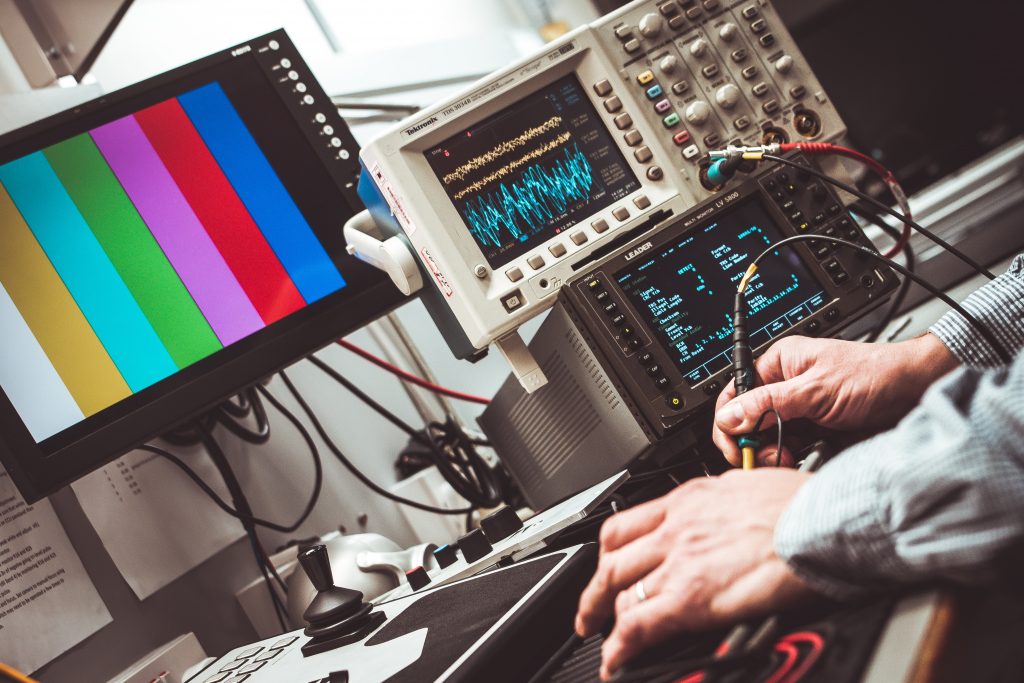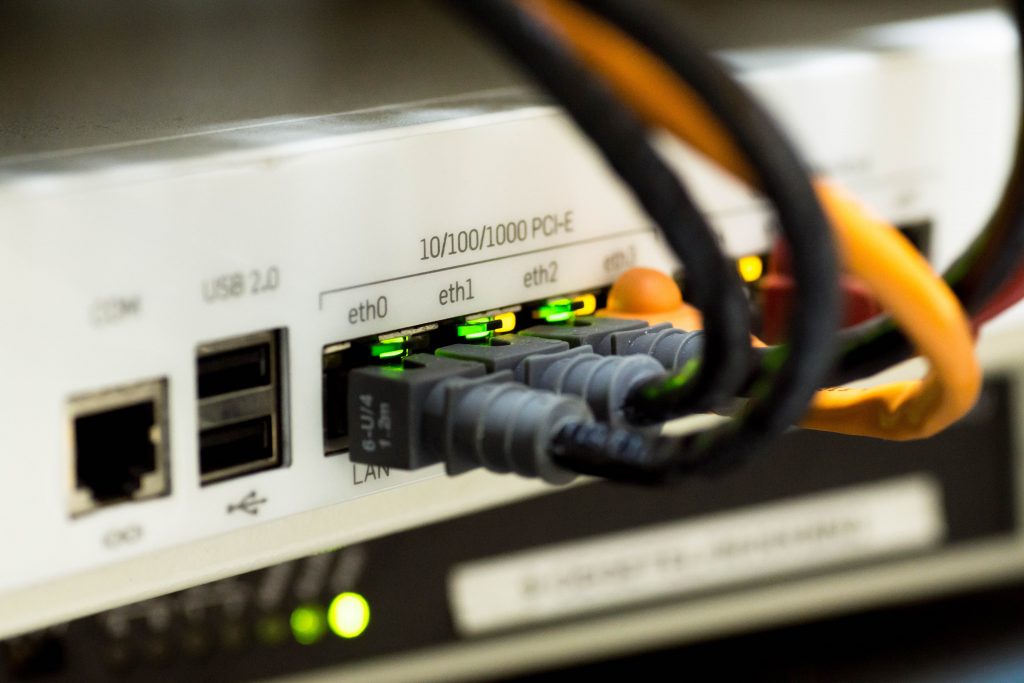Internet of Things (IoT) solutions utilising SIM-based cellular technology for connectivity are not new but the speed with which IoT is expanding, embracing ever more exciting and dynamic use cases is both compelling and creating market confusion in equal measure, says Nick Sacke, head of IoT Solutions, Comms365.
From a market which is reaching maturity – the standardised, tried and tested, machine-to-machine (M2M) SIM IoT deployments to one (e.g. 5G SIM-based IoT) which is largely in its infancy, separating between those solutions that can be bought with confidence and those where continued innovation warrants discussion and consultation, may not be straightforward. And, for these latter cases, choosing the right cellular (SIM) technology and network type will require an understanding of the technical requirements for each use case and the data profile of the asset to be connected.
With the definition of IoT expanding almost daily and suppliers increasingly jumping on the IoT bandwagon, this is a complex landscape, requiring knowledge, understanding, and expert partnerships. Nick Sacke explains how to navigate the maze of options to optimise and future proof your cellular IoT investments.
From M2M to 5G, a range of mature and less mature capabilities
Mass scale IoT M2M deployments have been around for years, since the days of the inception of 2G cellular technology. Now bundled under (the increasingly broad) ‘IoT’ umbrella, the traditional M2M plastic SIM card we all recognise is giving way to soldered circuits inside the actual device, with data plans and automated network selection handled via software and sophisticated portals to manage the data estate.
This is a mature market, with deployments that extend from payment for car washes and car valuation booths; washing machines for student accommodation, vending machines and refrigeration display units; to CCTV, access control, smart lighting, and waste bins fill levels. These M2M SIM-based services have become standardised, they are tried and tested, reliable and practical, enabling organisations to introduce the technology into their businesses with confidence.

Moving through the deployment spectrum, now using 4G and 5G where available, deployments have become much more scalable with the deployment of IoT sensors attached to machines and the bidirectional transmission of data to / from applications, allowing companies to achieve far more granular, tracking visibility and remote management of assets such as wind turbines, heavy equipment, power generation and metering infrastructure, anywhere there is signal. Rapidly expanding SIM network connectivity options now include Low Power WAN (LPWAN) variants such as Narrowband IoT (NB-IoT) and LTE-M (Cat M), which have been specifically developed and incorporated into 5G standalone networks to support millions of battery-powered IoT devices in hard to reach places and are enabling enterprises to radically expand the scale of projects from Phase 1 pilots to mass deployments.
Now known as ‘Massive IoT’, millions of devices and assets can be connected and, with extraordinary innovation in sensor devices, the range of use cases expands daily. Soil sensors are being used by farmers to manage scarce water resources in remote regions; sensors in concrete structures can be used both during construction to track curing and post-build to measure compressive strain and concrete health. From water metering to air pollution, waste management and parking control, the combination of networks, devices and big data analytics is creating the foundation for everything from smart cities to sustainable agriculture. The SIM technology selected for all these use cases was based on a range of critical technical requirements including range, scalability, security and low power consumption.
Time-sensitive
Another fast developing and innovative use case field for SIM-based IoT Networks is ‘Critical IoT’, where applications such as real-time vital signs monitoring at home as an extension of healthcare require ultra-reliable data delivery and low delay in getting measurements to back-office systems (‘latency’). This application area is hugely vibrant in its development, with many technology firms delivering innovations in wearable technologies which record both vital signs (heart rate, oxygen saturation) and location to keep track of individuals wherever they are, and allow care professionals to intervene quickly in an agile, targeted way.

This sector of the market will scale rapidly with the expansion of high capacity, fast, 5G networks, but given the need for reliable data transmissions typically across mobile locations, one network alone may be unlikely to deliver the quality of coverage required. Organisations will need a SIM-based technology option that can ‘roam’, i.e. work with more than one public network operator to hand off traffic seamlessly.
Conversely, for super-low latency, high-volume operations in fixed locations, such as industry automation IoT, private 5G is now a preferred option, offering the chance to prioritise specific data traffic flows – something that is not currently an option across public 5G networks. This is compelling for factories, warehouses, stadiums and large buildings which have poor or massively contended mobile signal indoors and cannot deliver mobile data services reliably.
Clearly, at the end of the spectrum, SIM-based cellular IoT is far more complex than the ‘plug and play’ experience we’ve come to rely on with our Smartphones, requiring design, planning and deployment by experts.
Maximising Potential
With substantial growth in IoT connectivity globally, customers are now demanding simplified contracts and service models from their providers to take care of their requirements – from low power connections for sensors, to high bandwidth applications to connect their real estate assets to provide primary and failover internet access. This is a complex challenge, especially internationally, due to different commercial agreements and service models amongst competing carriers, as well as limitations on certain types of network access on a per country basis (almost all countries have a 4G service, but 5G is a work in progress, and low power network coverage needs to be checked for availability).

Network operators need to be flexible, but have not always proven to be so, allowing the growth and development of a new generation of network aggregators and smaller service providers that are geared to cater to customer needs. Aggregators are now playing a significant role in SIM-based mobile market development and growth, particularly if managed network operators (MNO’s) are inflexible, by negotiating directly with multiple network operators to create a tailored, multi-network solution to support each use case.
There are several questions that should be asked to qualify your provider’s capability to supply IoT, including: How long is the contract? What are the data costs and do they reflect current and future data profiles? Can one network operator provide the full coverage required for all mobile assets, both now and in the future? Can the customer benefit from access to new Low Power SIM technologies including NB-IoT, LTE-M (Cat M) or other IoT connectivity types, including non-cellular, as a blended service? Does the provider offer automation tools to configure, monitor and manage the SIM-based connectivity service, including changes? Does the SIM have automated, built-in failover to a second or third network option if the primary network fails? Is the Core Network of your provider proven to be secure against external threats?
Using a confluence of different networks can be incredibly powerful as a complete solution to connect all parts of a customer’s estate, but it may require a service provider who is capable of orchestrating the multiple SIM-based technologies to acquire the right networks in the asset location and provide seamless provisioning, management and changes via automation to provide a good and reliable customer experience.
Conclusion
5G will transform the landscape for SIM-based IoT. It will provide a step change in capacity, allowing 100,000s of connections per square kilometre, compared to just hundreds today. It will offer more speed, more reliability and, in time, enable the market to provide real Service Level Agreements. But with so many providers jumping on the SIM-based IoT bandwagon it is necessary to ask the right questions to make the right decision for your use case.
This is a fast-evolving market. There is tremendous growth and vitality and energy in the SIM-based IoT area which is hugely exciting. However, in the quest for innovation, let us not forget the mature M2M SIM IoT deployments that offer huge opportunities for business transformation with confidence.
Fundamentally, across the broad IoT spectrum, it is vital to understand the use cases, applications, technologies and the commercials before making final decisions about suppliers and providers.
The author is Nick Sacke, head of IoT Solutions, Comms365
Comment on this article below or via Twitter: @IoTNow_OR @jcIoTnow










